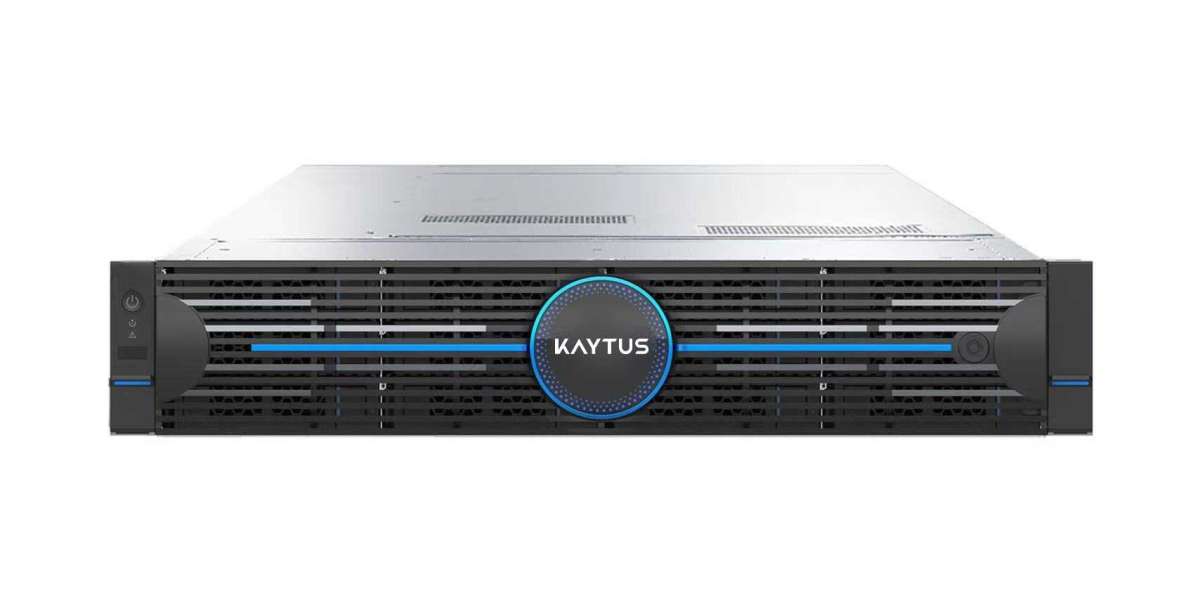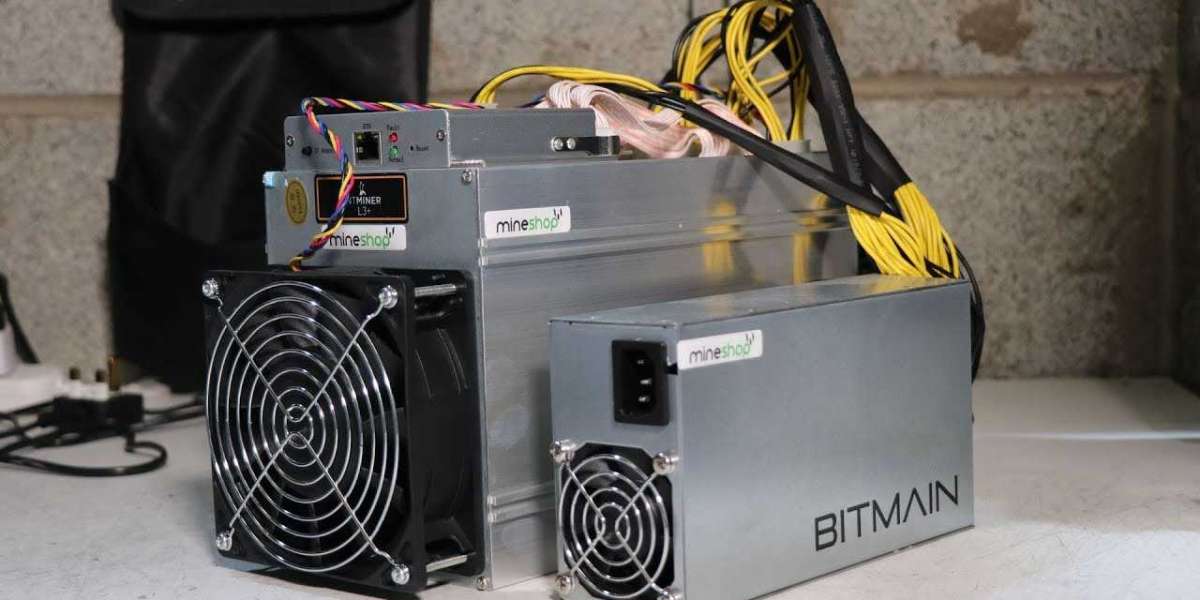The traditional model of sending all data to a centralized cloud for processing is showing its limitations, especially with the explosion of Internet of Things (IoT) devices, real-time analytics, and immersive user experiences. This is where the power of edge computing solutions comes into play, fundamentally reshaping how we handle information.
Simply put, edge computing moves computation and data storage closer to the location where it is needed. Instead of relying on a distant data center, processing happens locally, at the "edge" of the network. This paradigm shift is crucial for applications where every millisecond counts. But what does this mean for your business, and how can you implement it effectively?
The Core Drivers: More Than Just Speed
While reduced latency is the most celebrated benefit, the value of modern edge computing solutions extends far beyond simple speed.
1. Real-Time Decision Making: In an autonomous vehicle, a fraction of a second can mean the difference between a safe journey and an accident. Sending sensor data to the cloud and waiting for a response is not feasible. Edge computing solutions enable instant processing, allowing the car to make critical decisions on the spot. This principle applies to industrial robotics, smart grids, and surgical robots, where immediate analysis is non-negotiable.
2. Massive Bandwidth Reduction: Consider a modern manufacturing plant with hundreds of high-definition cameras conducting quality control. Streaming all that raw video footage to the cloud would consume enormous bandwidth and incur significant costs. By processing video feeds locally, edge computing solutions filter out irrelevant data, sending only crucial information—like a detected defect or an anomaly—to the central system. This optimizes network usage and reduces operational expenses.
3. Enhanced Data Privacy and Security: Industries like healthcare and finance handle extremely sensitive information. Transmitting patient records or financial transactions across the internet increases their exposure to potential threats. By keeping data localized, edge architectures minimize the attack surface. Data can be anonymized, encrypted, or processed entirely on-premises, ensuring compliance with stringent regulations like GDPR or HIPAA.
Implementing Effective Edge Computing Solutions
Adopting an edge strategy is not without its challenges. Managing a distributed network of devices requires a different approach than managing a centralized cloud. The key to success lies in a cohesive and well-planned architecture.
First, you must assess your infrastructure. This involves deploying edge gateways and ruggedized servers that can operate in diverse environments, from a factory floor to a remote oil rig. These devices act as the local brain, running applications and processing data streams.
Second, robust management software is essential. You need a platform that allows you to remotely monitor, update, and secure thousands of edge nodes from a central dashboard. This ensures consistency, prevents downtime, and allows for seamless deployment of new applications across your entire network. Without this centralized orchestration, managing a fleet of edge devices becomes an operational nightmare.
Finally, a successful strategy often involves a hybrid approach, integrating your edge deployments with a central cloud or data center. This "edge-to-cloud" continuum allows for local real-time processing while still leveraging the cloud for deeper analytics, long-term storage, and machine learning model training. The cloud refines the intelligence that is then pushed back out to the edge, creating a continuous cycle of improvement.
The Future is at the Edge
From enabling the real-time interactivity of augmented reality to optimizing energy use in smart cities, the applications for advanced edge computing solutions are virtually limitless. As 5G networks roll out, providing the high-speed, low-latency connectivity required, the adoption of edge computing will only accelerate.
Businesses that delay exploring these transformative edge computing solutions risk being left behind by competitors who are already leveraging faster insights, superior customer experiences, and more efficient operations. The future of computing is not just in the cloud; it is distributed, intelligent, and immediate. The time to build your edge strategy is now.
Suche
Beliebte Beiträge
Kategorien








